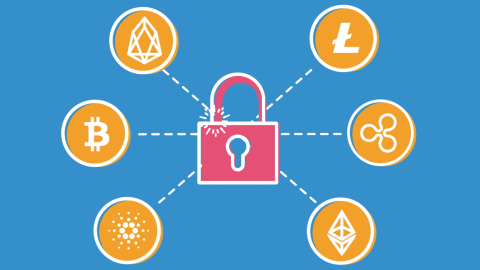DeFi vs Crypto: Unveiling the Key Differences and Unique Benefits
In the rapidly evolving world of decentralized finance (DeFi) and cryptocurrencies, understanding the distinctions between these two concepts is essential for both investors and users. While they are interconnected, each serves a unique purpose within the blockchain ecosystem. In this article, we will explore the definitions of cryptocurrency and DeFi, their core differences, regulatory aspects, and future outlook.
Understanding Cryptocurrency
Cryptocurrency is a form of virtual currency that serves as an alternative to traditional fiat money. It is essentially created through intricate mathematical calculations performed by computers. Operating on blockchain technology, which is a decentralized database structured as a chain of blocks, cryptocurrencies do not have a central authority overseeing their value. Instead, they function through a network of users, promoting decentralization and transparency.
What is Decentralized Finance (DeFi)?
Decentralized finance (DeFi) represents a revolutionary financial system akin to traditional banking but built on public blockchains. With DeFi, users can engage in various financial activities typically associated with banks, such as:
- **Earning interest** on deposits
- **Taking out loans**
- **Borrowing funds**
- **Obtaining insurance**
- **Trading cryptocurrency derivatives**
Core Differences: DeFi vs. Cryptocurrency
Purpose and Use Cases
Understanding the primary purposes of cryptocurrency and DeFi can help clarify their differences:
- Cryptocurrency: While often used for transactions, many individuals view cryptocurrencies as investment assets, akin to stocks or precious metals.
- DeFi: DeFi platforms provide innovative financial services, allowing users to manage their finances more creatively, such as lending money, earning interest, and saving in interest-bearing accounts.
Ecosystem and Components
Both cryptocurrency and DeFi rely on unique components that define their functionality:
Key Components of Cryptocurrency
- Blockchain technology: A secure digital ledger that tracks all transactions.
- Crytographic security: Protects user transactions and data privacy.
- Decentralized ledger: A public record spread across multiple computers for transparency.
Main Components of DeFi
- Blockchain: Most DeFi activities occur on the Ethereum blockchain.
- Crypto assets and tokens: Key players like BTC and ETH are essential to the DeFi ecosystem.
- Digital wallets: Safeguard digital assets, typically secured by private keys.
- Smart contracts: Self-executing agreements programmed to automatically perform specific actions.
- Stablecoins: Digital coins designed to maintain stable value, usually pegged to traditional currencies.
Regulatory Considerations: DeFi vs. Cryptocurrency
As the DeFi and cryptocurrency markets expand, regulatory frameworks are evolving. Understanding how regulations differ for these two sectors is crucial for compliance and investment strategies.
Future Outlook
The future of both DeFi and cryptocurrency appears promising, with continuous innovation and adoption. As these technologies gain traction, they are likely to reshape the financial landscape, offering new opportunities for users and investors alike.
For more information about the differences between DeFi and cryptocurrency, visit Crypto News.
Stay informed about the latest developments in the fintech space by exploring further articles on Fintech News.







